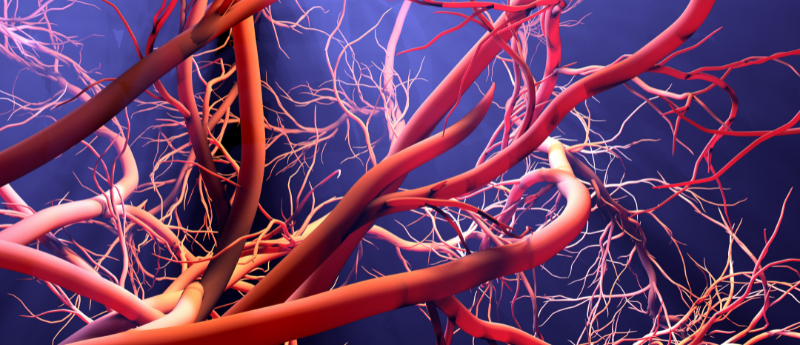Cardiovascular
Novel method for creating blood vessels to treat cardiovascular diseases
A research team from the University of Melbourne (Australia) has managed to create a swift, low cost and scalable way to bioengineer blood vessels from natural tissue. This is an exciting step forward in the treatment of cardiovascular disease, which is currently the number one killer globally.
The efficient functioning of blood vessels is vital in sustaining life, as they are responsible for delivering oxygen and nutrient-rich blood to all parts of the body, as well as removing toxins. Therefore, blood vessel disease and dysfunction can lead to life-threatening disorders such as strokes, heart attacks and aneurysms.
The current treatments for damaged blood vessels include bypass surgery using non-living grafts, usually made of synthetic polymers. However, this type of surgery has its limitations, meaning bypass surgery may not always be possible, particularly for smaller blood channels e.g., the coronary artery. This is because in vessels with a small diameter, blood can clot on the surface of a synthetic graft, potentially causing an obstruction. In these cases, a less essential blood vessel can be extracted from other parts of the body to reroute blood away from the diseased vessel.
In addition to the challenges of synthetic grafts, some patients may have a lack of donor vessels available, in particular those who have had previous bypass surgeries and those with comorbidities, such as diabetes.
This led to the development of tissue-engineered blood vessels as a potential treatment option. Until now, this has been a slow and expensive process as specialist, expensive equipment, such as bioreactors, are required.
However, the research group from Melbourne University has utilized numerous materials and fabrication technologies to develop tissue-engineered blood vessels, which are far less costly to produce and can be created at a faster rate.
“We are now able to rapidly and cheaply manufacture blood vessels using living tissue that has appropriate mechanical properties and mimics the cellular orientation of the inner-most layer of blood vessels,” stated Andrea O’Connor, Professor in the Department of Biomedical Engineering at the University of Melbourne and co-lead researcher on this study.
From the results of this study, the researchers are hopeful for the future treatment of cardiovascular disease. Andrea further explains, “While the engineered blood vessels are not yet ready for bypass surgery, the findings mark a significant advancement in the field of tissue engineering.”

